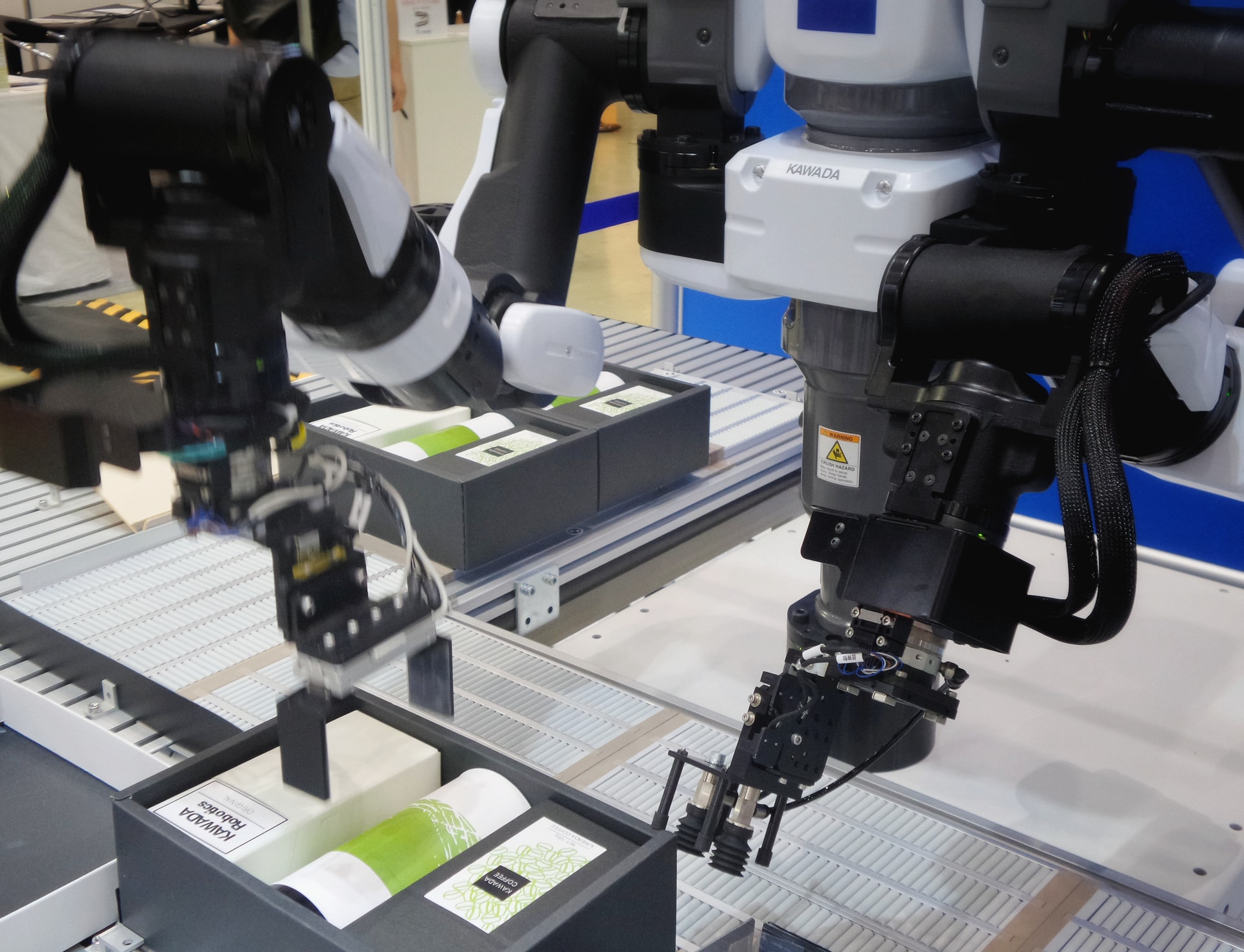
Over the last decade, technology has impacted all our lives in many ways, especially for those working in the manufacturing industry.
In general, innovation, efficiency, safety, and hygiene have been the order of priorities- with hygiene becoming even more of a concern due to the coronavirus pandemic.
From the pharmaceutical industry to automotive, to food and beverage, demand placed on production lines to work round the clock is increasing in order to support economies around the world. With this said, the use of technological innovation in the likes of factories and warehouses is vital in order to keep up with the worlds demand.
As we see life gradually return to normal in the upcoming months, we discuss how technological innovation continues to benefit the manufacturing sector and what the future could look like for this post-pandemic.
The Importance of efficiency and effectiveness
For every business it’s important that they operate in the most effective and efficient way possible. But for the manufacturing industry it is vital that this is always set as a priority. Over the years, companies across the US — and further afield — have realized that relying on manual labor tasks carried out by humans can be restrictive for productivity and profitability. This conundrum has led to the introduction of robots over the last decade to automate complex processes that previously would have been difficult to streamline.
Whether or not robots will ever and should ever replace humans continues to be a highly debated topic. According to manufacturing labor statistics, output has fallen 47% and hours worked has also dropped 37.3%. As for productivity, this has decreased at a 15.5% annual rate in the second quarter of 2020 – proving the need for automation has never been more valuable.
The coronavirus pandemic continues to affect our everyday lives. With this in mind, industry leaders have been discussing and looking at ways to use automation to maintain high productivity levels and reduce human contact.
Senior Industry Strategy Director at Blue Yonder, Alan Duncan, said: “In the case of a pandemic, or similar catastrophic events, the focus should be on machines autonomously running mundane, day-to-day tasks with people intervening based on experience and complementing the machine with strategic actions.
“Ultimately, it’s machines and people working together that will get us through this crisis, and those that will inevitably occur again. Automation has evolved into having a greater focus on flexibility, scalability and process adaptability, becoming a tool to optimize efficiency through manufacturers’ ability to adapt to demands,”
Although it is often a complicated debate between the relationship of humans and robots, the future certainly looks like it will involve a happy balance between the two.
Why safety is a main priority
Other than productivity levels and profit margin concerns, there is also the issue of how, in respect to workplace accidents and disruptions, factories will continue to survive in the long-term without a hitch. Put simply, this relies on safety measures being put in place and workers following them at all times. In 2017, 5.1 injuries were recorded per 100 full-time warehouse workers, according to figures compiled by the Bureau of Labor Statistics.
Since 2017 we have seen new innovations transform the safety aspect of work forever and demand for this technology from businesses continues to be of interest to help keep their workers safe. One way in which safety is being taken seriously is through the introduction of radio frequency identification or RFID sensors. The sensors can be used to track inventory but also generate proximity warnings if workers stray too close to an unsafe area.
As for dangerous or repetitive processes, robots are also being used for automation assistance— and even tasks where humans would normally be in close contact with each other. In the current situation, this can be lifesaving in more ways than one.
How equipment is contained in the workplace is equally as important as keeping humans clear of heavy machinery and working in a socially distanced manner. Switches to operate machines and cables used to power them need to be well protected and out of sight to avoid becoming a hazard.
To help combat these problems, the use of cable management systems and stainless steel electrical enclosures are vital. The steel is easy to clean for hygiene purposes and is also corrosion, fire and heat resistant. Whilst the cable containment provides the perfect solution for keeping things safe and secure.
Progression, progression, and more progression
Just like in many other industries where innovation is important, the manufacturing one is the same. It must adapt to new surroundings when the time comes, and it must strive for progression through innovation every day. The pandemic has exaggerated this need, but in a way which will hopefully help boost the economy, at least in the sense that work can happen smoothly without further interruptions. The virus isn’t going anywhere, so innovation isn’t something that belongs on a five-year plan, it needs to happen now.
Sources
https://www.electrixinternational.com/us/stainless-steel-electrical-enclosures/
